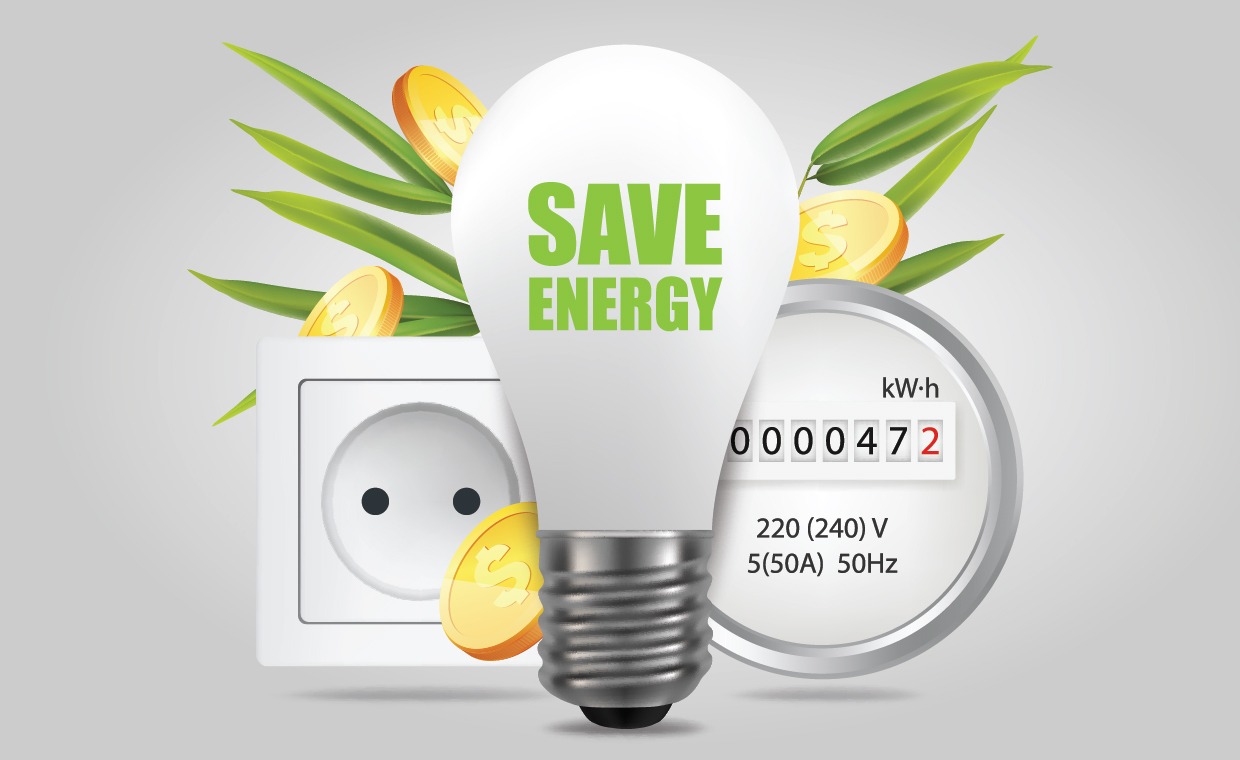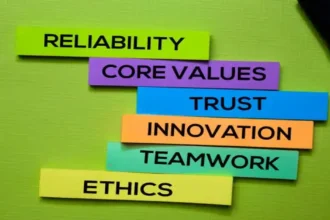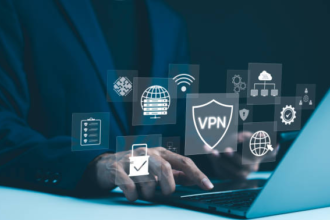The first step to reducing your electricity costs is to understand how you’re using it. In today’s competitive business environment, every dollar saved on energy can be a crucial advantage.
By understanding how and when your building consumes power, you can make informed decisions that not only cut expenses but also contribute to a more sustainable future.
Let’s dive into the strategies that can transform your building into a model of energy efficiency.
Audit your current electricity usage
To start your journey to lower energy bills, it’s important to understand how you’re currently using electricity.
Without this information, it’s difficult to know how to make changes that will save you money.
When you’re using the most electricity
One of the first things to look at is when you’re using the most electricity. Many electricity tariffs have different rates depending on the time of day, and the time when you use the most electricity is often the most expensive time of the day. By using less electricity during these times, you can save money.
Walkthrough survey of the building
A comprehensive walkthrough survey of the building is also crucial. This entails a meticulous examination to identify any outdated or inefficient appliances and lighting. Equipment that has outlived its efficiency can be a significant drain on resources.
The survey should focus on potential areas of energy loss, such as inadequate window insulation, obsolete lighting fixtures, and inefficient HVAC systems.
This hands-on approach not only allows for the immediate identification of improvements but also establishes a benchmark for future energy-saving endeavors.
The installation of sub-meters
For a more comprehensive understanding, the installation of sub-meters in distinct areas of the building is recommended.
Sub-meters provide real-time data on energy consumption, enabling more effective monitoring and control of usage.
By breaking down energy use by department or area, you can identify specific zones that may be consuming more than necessary.
This detailed data is invaluable for making targeted adjustments and ensuring that energy-saving efforts are directed where they are most impactful.
A thorough examination of historical utility bills
A thorough examination of historical utility bills is yet another potent strategy. By scrutinizing your billing records from the past year, you can unveil patterns and trends in energy usage.
Seasonal fluctuations, sudden spikes, or irregularities can all be flagged for further investigation, potentially pointing to areas of inefficiency.
This retrospective analysis can also serve as a foundation for setting achievable goals to reduce energy consumption and may even reveal opportunities to optimize costs through renegotiation with utility providers.
For a more thorough and expert evaluation, the guidance of a professional auditor can be invaluable.
Armed with a wealth of knowledge and experience, a professional auditor can provide tailored recommendations specific to your needs.
They can analyze your energy systems in detail, uncover hidden inefficiencies, and map out a strategy for achieving your energy-saving objectives.
Whether you are a small business or a large corporation, the insights gained from a professional audit can be transformative in your pursuit of energy efficiency.
Implement energy-efficient lighting solutions
One of the quickest and most effective ways to lower your energy bills is to switch to energy-efficient lighting. Traditional incandescent bulbs waste a lot of the electricity they consume, with only about 5% of the energy used being turned into light and the rest being wasted as heat. In contrast, LED bulbs are up to 80% more efficient, can last up to 25 times longer, and use at least 75% less energy.
This means that not only will you save money on your electricity bills, but you will also save on maintenance costs as LED bulbs need to be replaced less frequently.
For businesses, the return on investment from switching to LED lighting can be seen in just a few years, making it a smart financial decision.
Occupancy sensors
To further bolster energy efficiency, occupancy sensors are a wise addition to LED lighting. These sensors automatically switch off lights in unoccupied areas, ensuring energy is not wasted on illuminating empty spaces.
This uncomplicated yet highly effective technology is particularly advantageous in large office spaces, warehouses, and other commercial settings where lighting is often left on unnecessarily.
By incorporating occupancy sensors, businesses can achieve substantial energy savings without compromising on safety or convenience.
The integration of natural light. Daylight harvesting
For a more holistic approach to lighting, one may also consider the integration of natural light. Daylight harvesting, a practice that employs sensors to modulate artificial lighting in response to the available natural light, not only reduces energy consumption but also contributes to a more amenable and productive work environment.
Scientific research has demonstrated that exposure to natural light can enhance mood, increase concentration, and promote well-being.
By maximizing the incorporation of natural light, businesses can create a dual benefit of energy cost reduction and improved work environment quality.
Tunable lighting systems
Tunable lighting systems are another innovative approach. These systems can adjust light color and intensity to match the time of day and specific tasks.
For example, cooler, blue-enriched light can be used during the day to increase alertness, while warmer, softer light can be used in the evening to help people relax.
Tunable lighting not only saves energy by providing only the light that’s needed, but also helps support employees’ circadian rhythms, which can lead to better sleep and overall health.\
Bi-level switching for task lighting
Furthermore, the implementation of bi-level switching for task lighting can optimize efficiency and minimize waste.
This approach empowers employees to tailor lighting levels to their individual needs, whether for detailed tasks or general office work.
The result is a workspace where energy is utilized precisely where and when it is required, fostering more sustainable and cost-effective lighting practices.
Leverage renewable energy sources for cost savings
When considering cost-saving strategies, it’s important to recognize the long-term advantages of renewable energy.
Solar panels
Solar power, for example, has seen a significant increase in affordability and efficiency, rendering it a feasible option for businesses of all scales.
By harnessing the sun’s energy, one can substantially reduce electricity costs and realize enduring financial benefits.
The initial capital spent on solar panels can often be regained through lower energy expenses and potential government incentives, like tax credits and rebates.
Additionally, solar energy systems typically boast a lifespan of 25 to 30 years, ensuring a consistent return on investment.
Wind turbines
For larger commercial properties, wind turbines can be a viable option for sustainable power generation.
While wind energy may not be as universally applicable as solar, it can offer significant energy and environmental benefits.
Wind turbines are most effective in areas with consistent wind patterns, such as coastal or open plain regions.
By integrating wind power, you can reduce your reliance on grid electricity, potentially decreasing your operational costs.
Additionally, energy storage systems can be used to enhance the efficiency and reliability of your renewable energy system.
These systems store excess energy generated during peak production times, which can then be used when production is low or during peak demand periods. This can help to optimize your energy usage and reduce strain on the grid.
Green building certifications
Green building certifications, such as LEED (Leadership in Energy and Environmental Design), can further enhance your business’s reputation and attractiveness.
Achieving these certifications demonstrates a commitment to sustainability and can appeal to environmentally conscious consumers and partners.
The process of obtaining these certifications often involves implementing a range of energy-efficient and sustainable practices, which can lead to additional cost savings and operational improvements.
By combining renewable energy sources with green building practices, you can create a more resilient and sustainable business model that not only saves money but also contributes to a healthier planet.
Educate and engage employees in energy conservation
Finally, no energy-saving initiative is complete without the active participation of your employees, so it’s essential to educate and engage them in the process.
Through comprehensive training
One of the most effective ways to do this is through comprehensive training. Conduct regular workshops and seminars that teach staff about the importance of energy conservation and practical steps they can take to reduce energy consumption.
Simple practices, such as turning off computers and lights when not in use, can make a significant difference.
By fostering a culture of awareness, you not only improve energy efficiency but also enhance the overall sustainability of your workplace.
Implementing friendly, interdepartmental competitions
To further engagement and transform energy conservation into a shared, enjoyable pursuit, consider implementing friendly, interdepartmental competitions with energy-saving targets. These challenges can ignite a spirit of camaraderie and innovation within teams.
For instance, a monthly contest could be established, with the winning department—having achieved the most substantial reduction in energy use—earning a reward, such as a group lunch or outing.
Regular updates on progress can serve as motivational tools, illustrating the concrete impact of collective efforts.
These reports, whether displayed in common areas or circulated in company publications, can spotlight achievements and areas primed for further improvement, maintaining a culture of interest and momentum around energy conservation.
Offering incentives for energy-saving ideas
Offering incentives for energy-saving ideas is another effective strategy. Employees who come up with creative and practical suggestions can be rewarded with gift cards, extra breaks, or even small bonuses.
This not only recognizes their contributions but also encourages others to participate. Additionally, installing energy-saving reminders near light switches, appliances, and other key areas can serve as constant visual cues.
These reminders can be as simple as stickers or posters with motivational messages, reminding staff to turn off equipment when not in use.
By combining education, competition, incentives, and visual reminders, you can create a comprehensive and engaging energy conservation program that involves everyone in your organization. Together, these efforts can lead to significant cost savings and a more sustainable future.

















